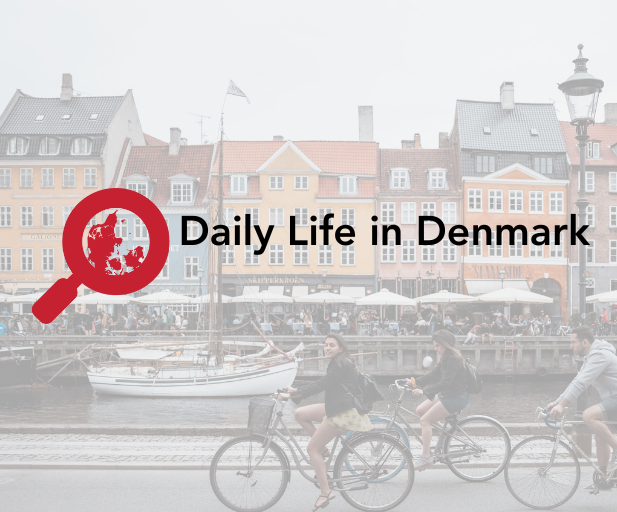Dust off your outdoor blankets – the sun is shining and it’s picnic time! Did you know that picnics are so Danish that they even played a role in the origin of smørrebrød, the country’s most famous dish? The meal consists of rye bread with toppings like egg, potatoes, salmon, and other types of fish, vegetables and sauces. Smørrebrød became a thing when, back in the day, farmers’ wives would pile up yesterday’s leftovers onto a bread “plate” and take it to the fields.
The other exciting return of the season is flea markets, an activity that typically takes place on Saturday or Sunday mornings. From clothes and shoes to furniture and decor, you can bargain the best items in town for cheap, paying in either cash or with MobilePay. Around Copenhagen, some big spots are Gentofte, Frederiksberg or Veras Market. In other cities, markets are organized in big squares or parks, like Habengut Marked in Aarhus or Edisonsvej in Odense.
To set the tone for these spring plans, cherry trees are in full bloom. The pink flowers can be seen around the country, with the best spots being Langelinie Park and Bispebjerg Cemetery in Copenhagen, Memorial Park in Aarhus, JL Heibergs Vej in Odense and Nørresundby Cemetery in Aalborg.
On Friday, April 12, Denmark also celebrated International Licorice Day. For Danes, everything is about liquorice (lakrids). The black substance derives from the root of Glycyrrhiza, a plant in the legume family. Naturally very sweet, when mixed with ammonium chloride (a type of salt) it creates a sweet-salty taste that has medicinal properties and can be found in Danish sweets, chocolates, cocktails (and almost everything else). In the late 1800s the brand Gajol popularized salmiakki, a type of licorice shaped as small, black and salted candy. Today, it is still the country’s most famous flavor, and one that is almost essential to grow fond of if you want to enjoy life in Denmark to the fullest.







